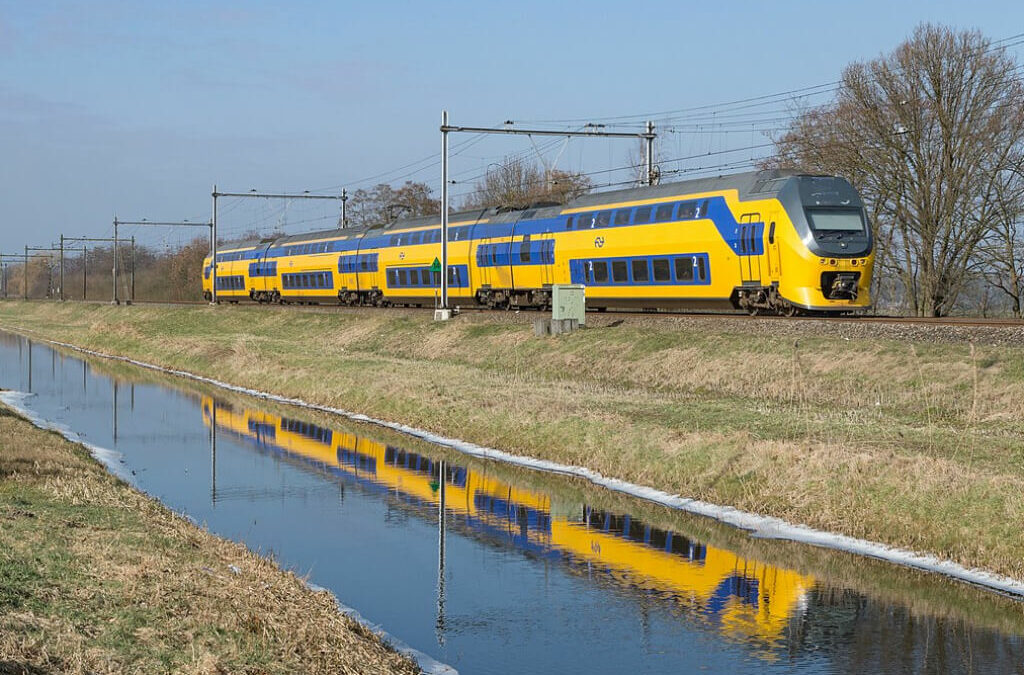Alstom, the French multinational rail transport company, will reportedly begin testing automated freight trains in the Netherlands this year.
The self-driving train prototype is able to travel distances up to 100km without driver intervention and will be trialled on the Betuweroute in the Netherlands, a 150km double track freight line linking Rotterdam to Germany. Alstom has signed a contract with ProRail, the Dutch infrastructure operator, and Rotterdam Rail Feeding to carry out the trials.
Automated trains would still need to employ drivers
The goal of the trials is to demonstrate that the train is able to travel safely without constant, active human regulation, through communication with the signal system. Trains like these would still employ drivers, who would then be able to take on a more passive driving role, freeing them up for other duties like monitoring the trains’ progress.
Drivers would need to be present to be able to override the automations in the case of unfortunate events like people jumping in front of trains or driving vehicles onto the tracks.
Rio Tinto successfully performed fully automated train journey last year
Automation is considered to be the future of transport and several countries are working to develop the automated train concept. Rio Tinto, an Australian-British mining company, succeeded in performing its first fully automated heavy haul train journey last year, a real milestone for freight in Australia. The nearly 100km test run was completed safely in Western Australia without a driver on board, although it was monitored closely by teams on the ground and at the Operations Centre in Perth.
Partially autonomous freight and commuter trains already operating
Partially autonomous railway networks already exist, where drivers have other duties to perform on board, like assisting passengers, opening and closing doors, and of course taking over the controls in case of emergencies or unforeseen circumstances. These systems are currently used in the Paris Metro, the Seoul Metropolitan Subway and in some parts of the London Underground.
Although automating rail transport has distinct advantages, such as increased capacity of the rail network, it is unlikely that driverless trains will ever become fully autonomous. Rail journalist Tony Miles told the BBC that he can’t foresee a train where there is nobody sitting at the front at all. He states that there is still a significant gap between computer intelligence and what humans are able to sense in terms of unpredicted situations.
Gian-Luca Erbacci, senior vice president for Alstom in Europe, said that their alliance with ProRail and Rotterdam Rail Feeding would support the progress of new technology and create a sustainable rail system that was more attractive and competitive.
Existing rail infrastructure is a challenge for future trains
One of the challenges that complicates the future development of automated freight trains in Europe is the existing rail infrastructure. The more than one hundred year old Victorian railways were simply never designed to communicate with automated trains.
So while it’s one thing to design an automated train track from scratch, it is not as straightforward to upgrade existing lines. The process of replacing conventional trains would be challenging, considering how busy some of the European railways are. Getting an automatic signalling system to work over a long distance is also going to be difficult to achieve.

